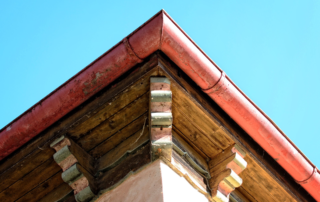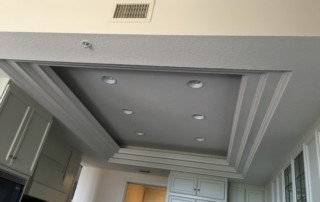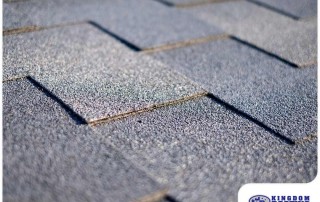The rainy season is nearly upon us in Venice and Englewood, and for the next 6 months, we can expect a substantial amount of precipitation to fall. This is not the time to discover an active leak on your roof.
We recommend that you conduct your annual roof inspection before the May showers begin. This will allow you to identify any minor damage, leaks, or damage which may have occurred during last year’s wild weather and the throughout the winter. Before the rains begin, it is best to make sure your roof is in top condition, as the additional water and high winds of our storm season can easily further aggravate a current defect on your roof.
How to Spot an Active Leak During a Storm
Unless there is a catastrophic storm, the chances of water pouring into your home unexpectedly are very slim. However, any current holes or cracks in your roofing materials may, in fact, result in an active leak when the rain gets heavy.
If you have not had a roof inspection and are experiencing the first deluge of the season, you can proactively look for any signs of an active leak.
- In the Attic: Your attic space is often one of the best places not only to spot a leak but to accurately gauge where the water is actually intruding. Because water always follows the path of least resistance, it often follows a non-linear path from the point of intrusion to the interior of your home. By spotting the leak in your attic, you are much more easily able to see where the water is getting into the structure. Look for drips, wet framing, dark or stained wood, and damp or compacted insulation as a sign of an active leak. If you see water coming in, try to stop it as best you can and make note of the area so your roofing contractor can repair your roof once the roof dries off.
- In Your Home: Often, a Venice homeowner doesn’t realize that there is an active leak until they see the evidence on their interior ceilings or walls. If you see wet spots, water drops pooling, or if the drywall is bulging and damp, you likely have an active leak. In this case, it is best to actually open up a larger hole in the drywall to allow the water to flow freely out, instead of further backing up into other areas of the walls. If possible, do go up to the attic to see if you can find and stop the leak from that vantage point. You should also remove or protect furniture and floor coverings inside until the active leak can be repaired. If water is filling containers consistently, you may wish to utilize a garbage can on wheels, as it will be easier to move.
- Watch the Windows: If your windows or skylights are showing signs of condensation in between the panes, or if there are water droplets around the frame, protect the surrounding area as best you can and take note of the leak. Your windows may need to be resealed or even replaced, and the drywall surrounding the window or skylight should also be checked for damage.
If your roof is actively leaking but you have to wait for an emergency roof repair, you can tarp your roof short term – however, this should never be considered a fix for any length of time, as wind and rain can easily further compromise the roof.
If you are experiencing an active leak, call the professionals at Kingdom Roofing as soon as possible. The longer your Venice area roof goes without repair – especially during our rainy season – the more damage can occur to your roof and home.




